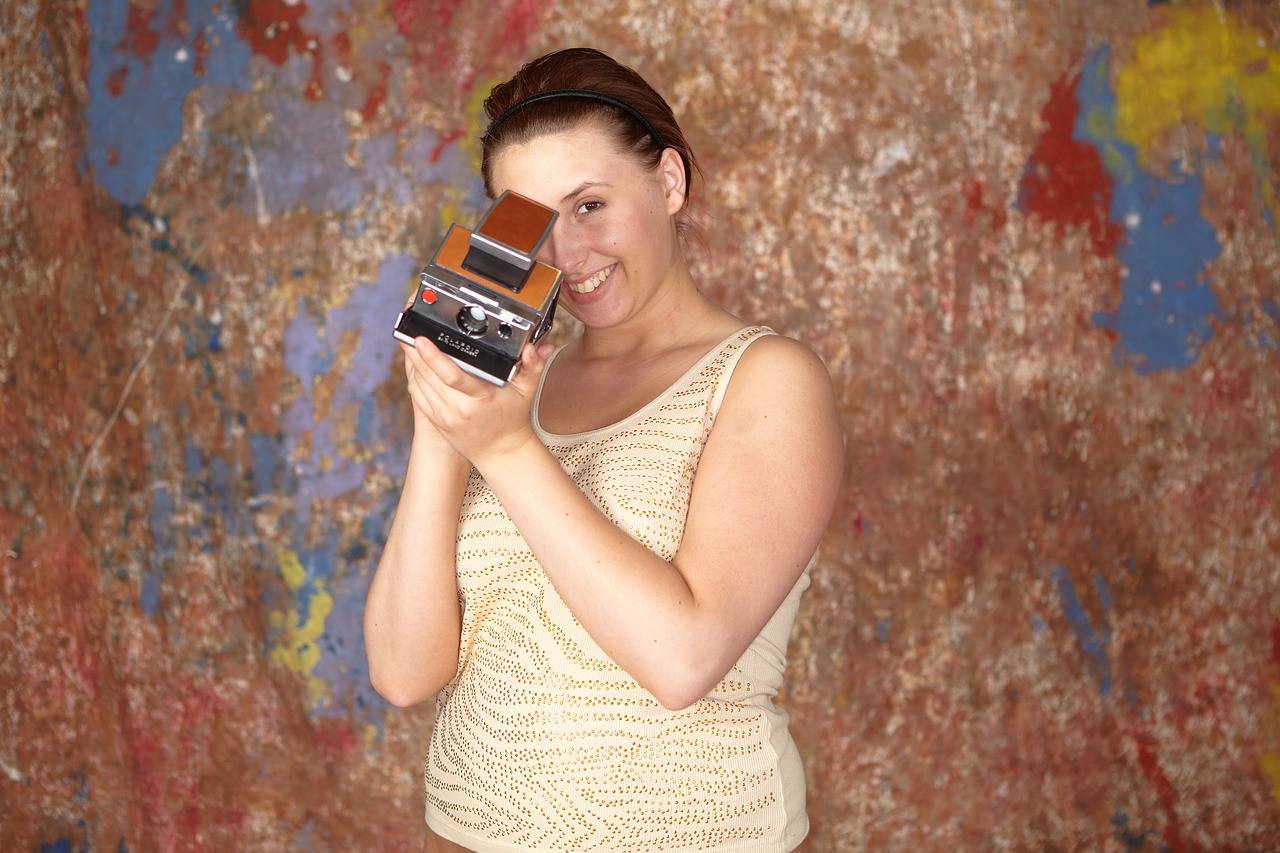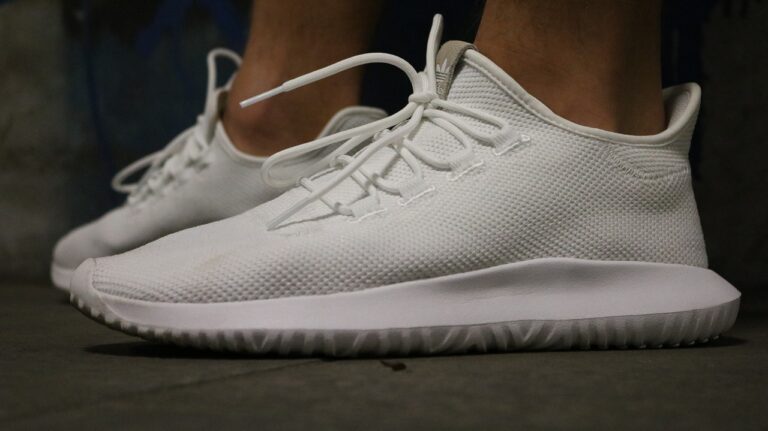Exploring Virtual Try-On Technology in Retail Fashion: 11xplay online id, Diamondexch9 login, Sky exchange registration
11xplay online id, diamondexch9 login, sky exchange registration: Exploring Virtual Try-On Technology in Retail Fashion
In today’s digital age, technology continues to revolutionize the way we shop for clothing. Gone are the days of physically trying on countless outfits in a brick-and-mortar store. With the rise of virtual try-on technology, retailers are now able to offer customers a more convenient and engaging shopping experience from the comfort of their own homes.
What is Virtual Try-On Technology?
Virtual try-on technology utilizes augmented reality (AR) and artificial intelligence (AI) to allow customers to virtually try on clothing items before making a purchase. By using a smartphone, tablet, or computer camera, customers can see how a piece of clothing looks on them in real-time without ever having to step foot in a physical store.
How Does Virtual Try-On Technology Work?
Virtual try-on technology works by digitally overlaying clothing items onto a customer’s image or video feed in real-time. By analyzing the customer’s body size, shape, and movements, the technology can accurately simulate how a garment will fit and look on the customer. This allows customers to see how the clothing item drapes, moves, and fits on their body before deciding to make a purchase.
Benefits of Virtual Try-On Technology
1. Increased Convenience: Virtual try-on technology allows customers to try on clothing items anytime, anywhere, without the need to visit a physical store. This level of convenience saves customers time and eliminates the hassle of trying on multiple outfits in a fitting room.
2. Enhanced Personalization: By using AI algorithms to analyze customer data and preferences, retailers can offer personalized recommendations tailored to each customer’s unique style and body type. This personalized shopping experience helps customers discover new styles and find clothing items that best suit their individual tastes.
3. Reduced Return Rates: One of the biggest challenges for online retailers is high return rates due to ill-fitting clothing. Virtual try-on technology helps reduce return rates by allowing customers to see how a garment fits before making a purchase. This leads to more confident buying decisions and fewer returns.
4. Improved Customer Engagement: Virtual try-on technology offers a fun and interactive shopping experience that engages customers and keeps them coming back for more. By allowing customers to experiment with different styles and looks, retailers can increase customer satisfaction and loyalty.
5. Sustainability: Virtual try-on technology can also contribute to sustainability efforts by reducing the environmental impact of traditional retail practices. By minimizing the need for physical store visits and return shipments, virtual try-on technology helps reduce carbon emissions and waste.
Challenges of Virtual Try-On Technology
1. Accuracy: One of the main challenges of virtual try-on technology is ensuring the accuracy of sizing and fit. Since body measurements and proportions can vary among individuals, it is important for retailers to continuously improve the accuracy of their virtual try-on technology to provide customers with a realistic representation of how a garment will fit.
2. Technical Limitations: Virtual try-on technology relies on advanced AR and AI algorithms, which may not always be accessible to all customers due to technical limitations. Some customers may experience compatibility issues with their devices or internet connections, which can hinder their virtual try-on experience.
3. Privacy Concerns: As virtual try-on technology involves capturing and analyzing customer data, privacy concerns may arise regarding how this data is used and stored. Retailers must prioritize customer privacy and data security to build trust with their customers and ensure compliance with data protection regulations.
Innovations in Virtual Try-On Technology
Retailers are constantly innovating and improving virtual try-on technology to offer customers a seamless and enjoyable shopping experience. Some of the latest innovations in virtual try-on technology include:
1. Virtual Styling: Retailers are integrating virtual styling services into their virtual try-on platforms to offer customers personalized styling recommendations based on their preferences and body type. Virtual stylists help customers discover new styles, trends, and outfit combinations that best suit their individual tastes.
2. Size Matching: Virtual try-on technology now includes size matching features that help customers find the perfect fit by comparing their measurements with the garment’s size chart. By providing accurate size recommendations, retailers can reduce the likelihood of customers receiving ill-fitting clothing items and increase customer satisfaction.
3. Social Sharing: Virtual try-on technology enables customers to share their virtual try-on experiences with friends and followers on social media platforms. By integrating social sharing features, retailers can create a buzz around their brand, increase brand awareness, and drive customer engagement.
4. 3D Virtual Try-On: Some retailers are taking virtual try-on technology to the next level by offering 3D virtual try-on experiences. 3D virtual try-on allows customers to see how a garment looks on them from every angle, giving them a more immersive and interactive shopping experience.
The Future of Virtual Try-On Technology
As virtual try-on technology continues to evolve and improve, the future of retail fashion looks promising. With advancements in AI, AR, and machine learning, virtual try-on technology will become even more sophisticated and accurate in predicting how a garment will fit and look on a customer. Retailers will also focus on enhancing the customer experience by offering personalized recommendations, interactive features, and social sharing capabilities.
FAQs
1. Is virtual try-on technology accurate in predicting how a garment will fit?
Virtual try-on technology is continually improving in accuracy, but there may be limitations in accurately predicting how a garment will fit due to variations in body size and proportions among individuals. Retailers are working to enhance the accuracy of their virtual try-on technology to provide customers with a more realistic representation of how a garment will look on them.
2. How can I ensure privacy and data security when using virtual try-on technology?
Retailers prioritize customer privacy and data security by implementing robust data protection measures and complying with data protection regulations. Before using virtual try-on technology, customers can review the retailer’s privacy policy to understand how their data is collected, used, and stored.
3. Can virtual try-on technology help reduce return rates for online retailers?
Virtual try-on technology has the potential to reduce return rates for online retailers by allowing customers to see how a garment fits before making a purchase. By providing customers with a more accurate representation of how a garment will look on them, retailers can increase customer confidence and decrease the likelihood of receiving ill-fitting clothing items.
In conclusion, virtual try-on technology is transforming the retail fashion industry by providing customers with a convenient, personalized, and engaging shopping experience. As retailers continue to innovate and improve virtual try-on technology, customers can expect a more seamless and enjoyable online shopping experience that enhances their overall satisfaction and confidence in their purchasing decisions.







